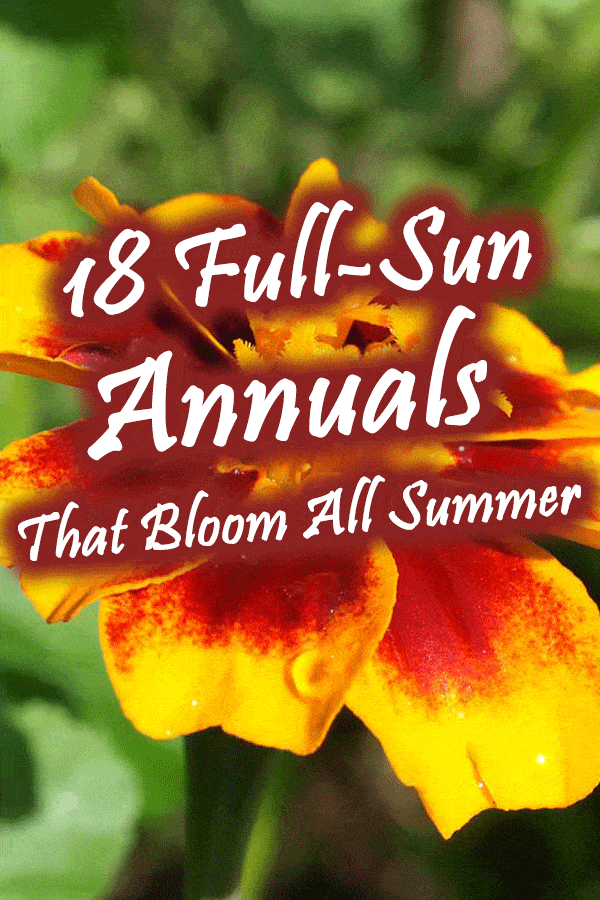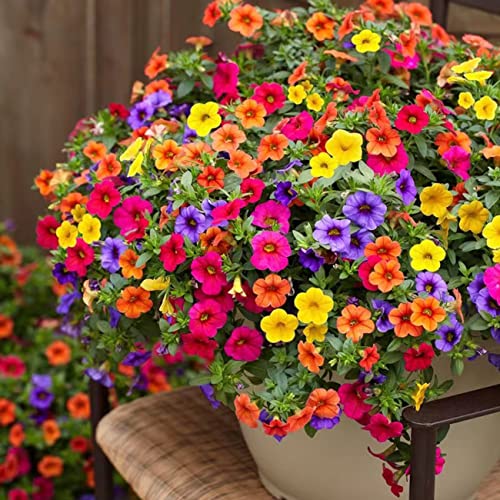Looking for plants that can handle the heat and bloom throughout the summer? Look no further!
In this article, we'll explore 18 full-sun annuals that not only thrive under the intense rays of the sun but also gift your garden with continuous bloom throughout the summer season.
Annuals are an easy way to add brilliant color to your landscaping.
These resilient and radiant plants are perfect for gardeners who want to maximize their garden's potential and keep it looking vibrant even under the hottest conditions.
1. Geraniums
Do you want to add a burst of color and smell to your front walk? Geraniums not only come in a litany of colors, but they add a touch of elegance to your home courtesy of their lovely scent.
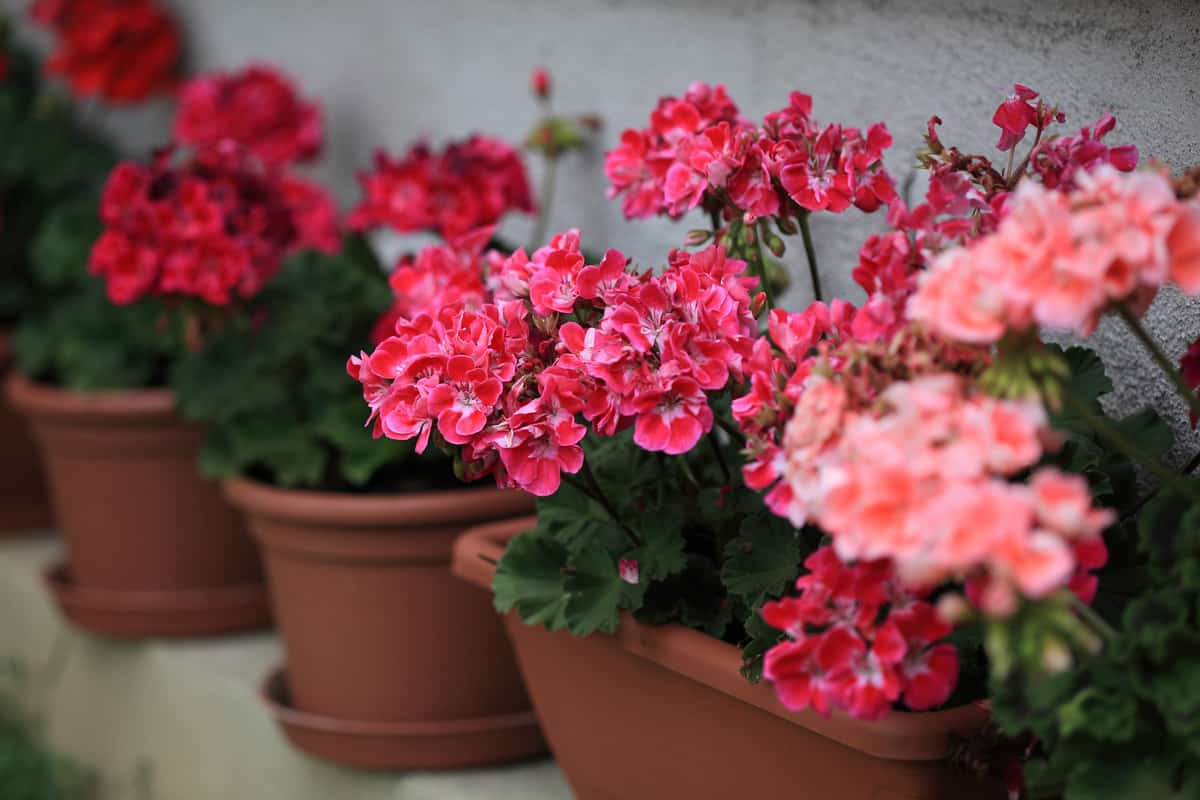
Geraniums needs between four and six hours of sunlight a day to thrive.
So long as you allow the ground around them to dry after every watering, you'll be able to enjoy your geraniums throughout the whole of summer and into the fall months.
Looking for geraniums to add to your garden? Look here: Top 40 Online Stores For Buying Geranium Plants And Seeds
Check out this Geranium garden seed mix on Amazon.
More to read: Do geraniums need full sun?
2. Marigolds
Marigolds thrive in hot summer weather. Their sunny aesthetic enables them to shift gardeners from the warm days of summer to the cool - but equally colorful - days of fall.

That's why they're perfect as annuals that bloom all summer - and more!
Marigolds also work especially well as repellents, keeping nematodes and bean beetles away from the vegetable plants you might keep in your garden.
Get this over 5600 marigold seeds for outdoor planting on Amazon.
More on Marigolds: When Do Marigolds Bloom? [By Month, By Zone]
3. Calibrachoas
Also known as Million Bells, the delicate calibrachoa annual makes for a greater hanging flower.
Calibrachoas thrive when they are grown up garden walls or in the hanging baskets around your porch. They'll do well in full-sun and bloom all summer long too.
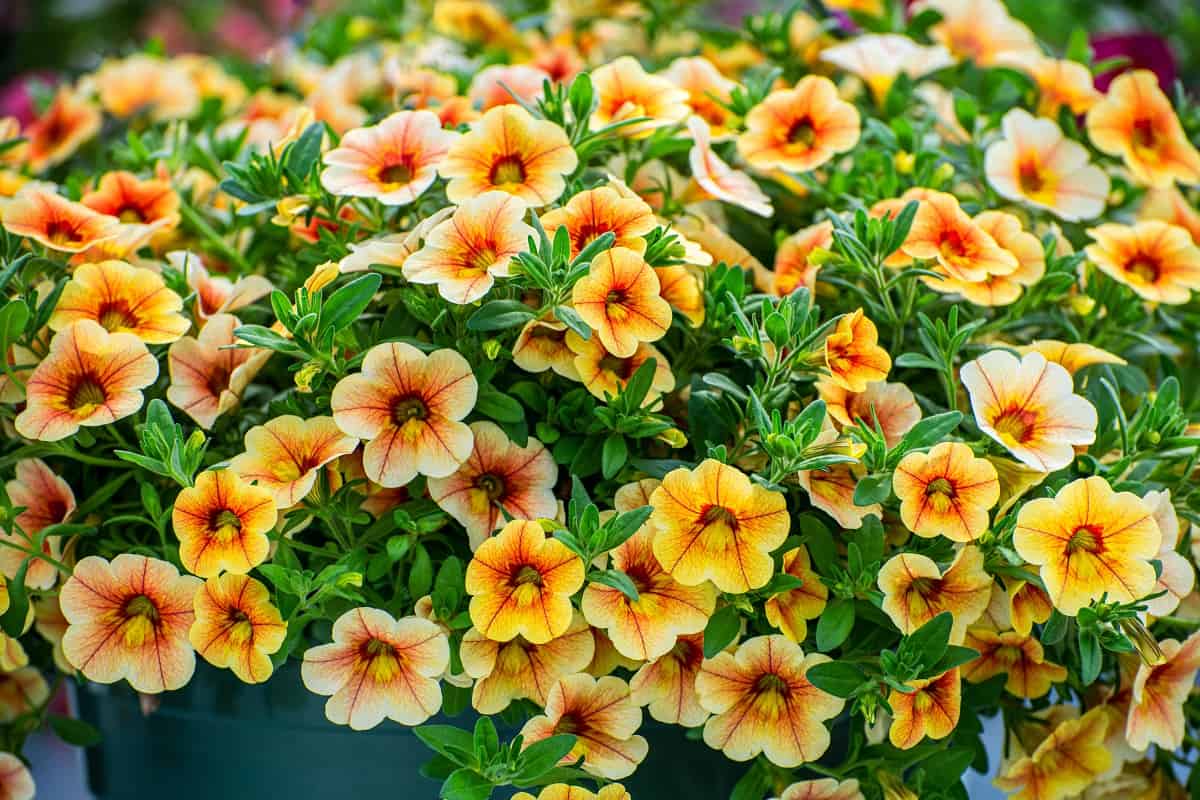
Surprisingly, these hearty annuals didn't exist until the early 1990s. Genetically manipulated to thrive in direct sunlight, you'll be able to find calibrachoas in all the colors of the rainbow.
Get this pack of Calibrachoa seeds on Amazon.
4. Zinnia
Live long and prosper, gardeners! Zinnias have more to their name than a sunny summer reputation.
This annual became famous after the original Star Trek fictionalized it as the first flower grown in space.
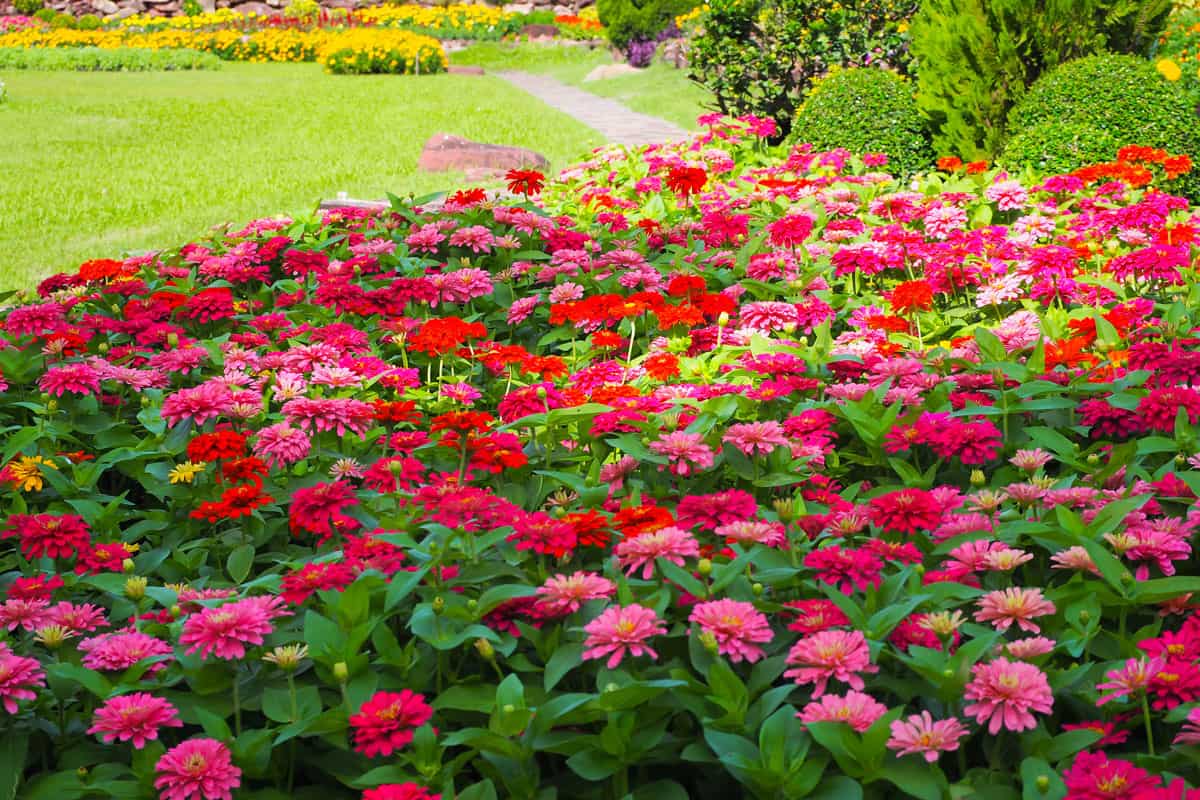
Cut to 2016, and NASA proved its nerd cred by growing the same first flower in the International Space Station.
When planting zinnias, you'll be able to choose between different variations, including single-flowered zinnias, double-flowered zinnias, and semidouble-flowered zinnias.
Sound complicated? Don't fret. These names only refer to the appearance of the flowers. Their care remains the same.
Make sure that your soil is well fertilized when you plant your zinnia seeds. The combination of organic compost and direct sunlight will see these flowers shooting up faster than you can blink.
Check out this Zinnia seeds pack for plating outdoors on Amazon.
5. Ageratums
Ageratums bring a shock of blue to your bed of flowers. They also make ideal plants for beginning gardeners.
Variations on the ageratum include Hawaii, blue mink, and blue danube cultivars. These variations differ in size as well as their shade of blue.
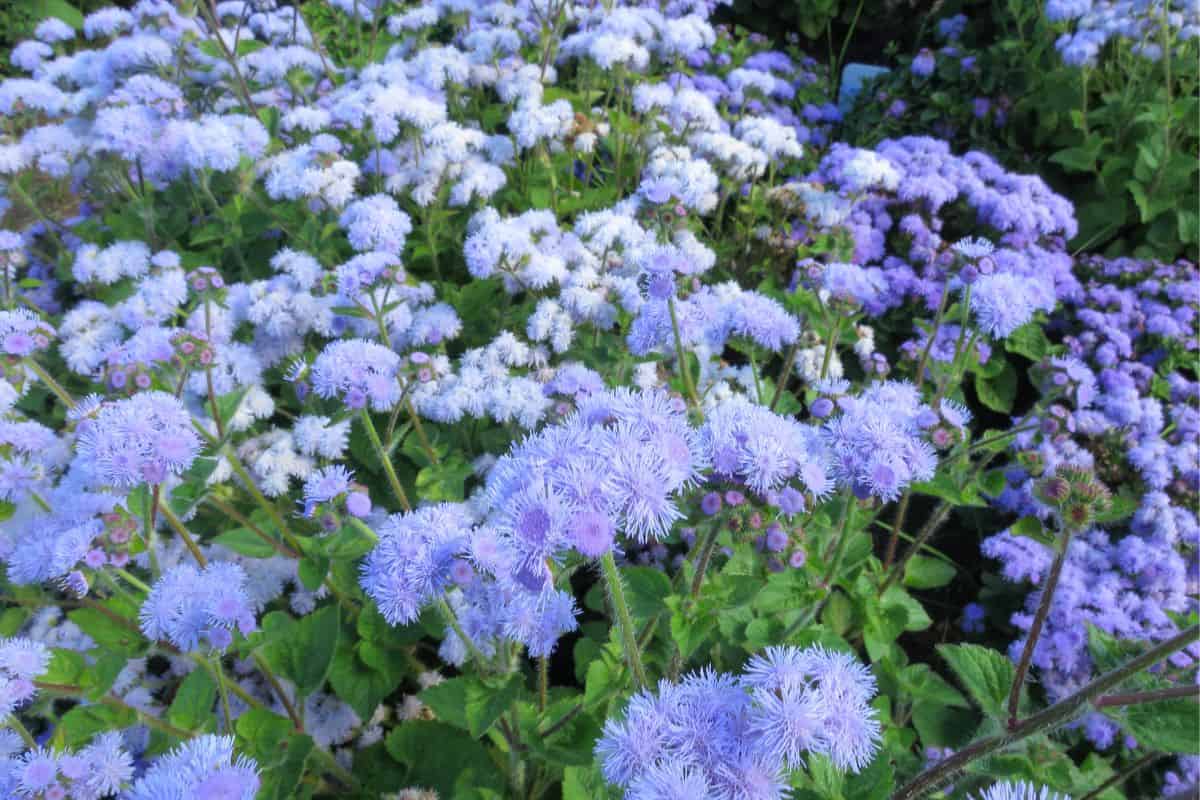
All of them grow best when planted just when the soil starts to warm in springtime.
You'll also want to use warm water during the first few weeks of growth to help the flowers establish their roots.
Check out this Ageratum Houstonianum Flossflower Blue Mink seeds on Amazon.
6. Mandevillas
If you want your annuals to make a statement, then you need to get your gardening hands on some Mandevillas.
These bright pink flowers wind their way up nearby surfaces to create a seamless curtain of greenery.
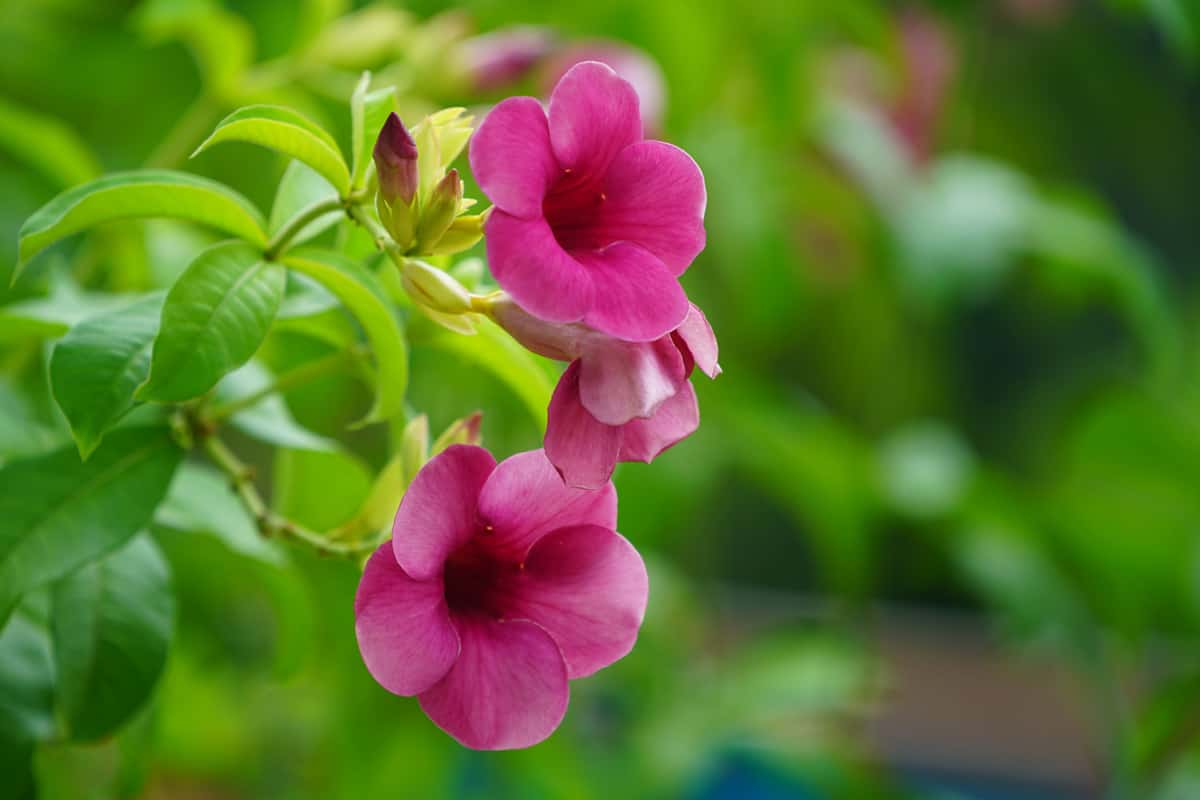
Mandevillas need to stay damp but not wet. The humidity that arises when you combine full sunlight and a good soaking helps this tropical plant feel more at home.
So long as you keep your Mandevilla in check, you'll be able to enjoy its pink and red flowers for the better part of the year.
Get this Mandevilla 6" live plant on Amazon.
7. Vincas
For bold colors that stay a little closer to the ground, you'll want to look to the Vincas. Unlike Mandevillas, these flowers thrive in low-water environments.
Vincas were originally native to Madagascar, so their tolerance for droughts makes them a hearty addition to any garden.
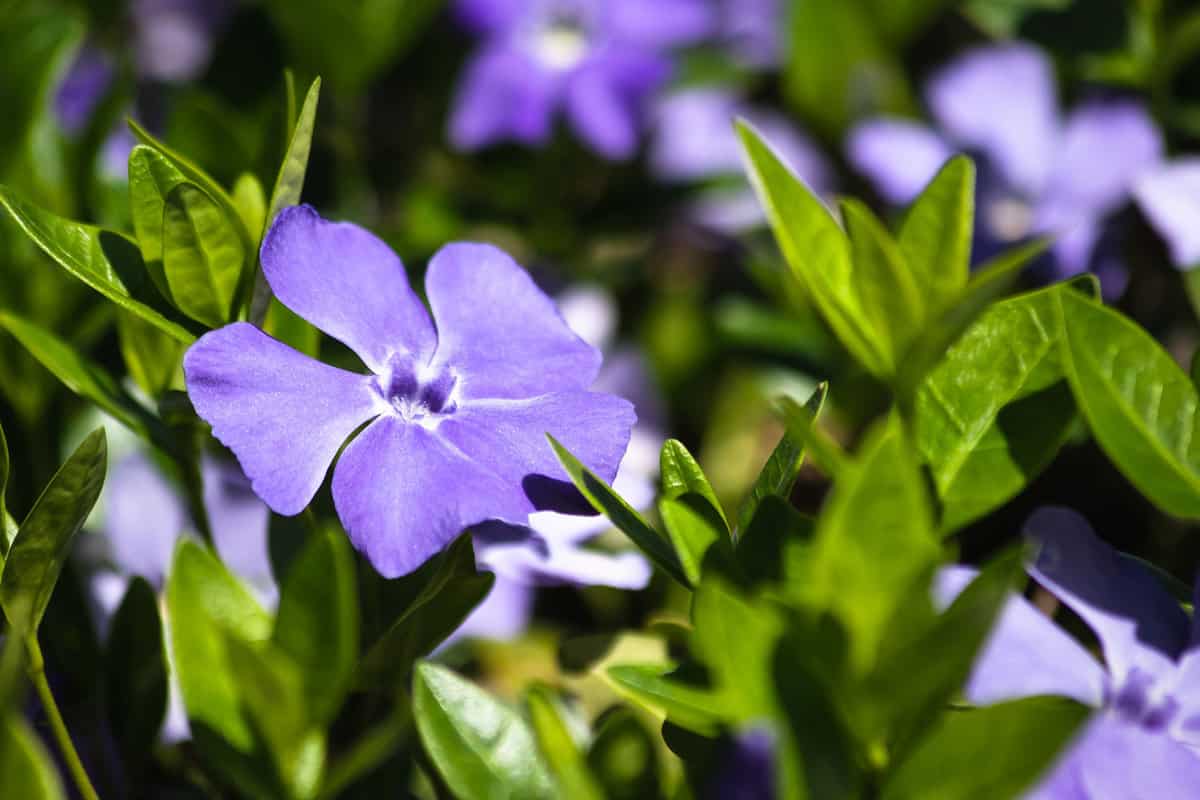
There are a number of different types of Vincas, including cora, soiree kawaii, valiant, and vitesse.
Regardless of their type, you should still be able to apply the same basic care routine to your bright flowers.
Plant your Vinca seeds once the last of the spring frosts has passed. Water them infrequently - at most once a week - and you'll be able to enjoy not only their bright colors but the litany of wildlife they invite to your garden.
Get your Vinca 2000 seeds on Amazon.
8. Scaevolas
Scaevolas are also known as fan flowers. These luxurious plants can grow up to 12 inches tall, and they make for a colorful display with their blues, whites, and pinks.
Unlike a number of the flowers mentioned on this list, the Scaevola flower is a self-cleaning plant. This means that as flower heads die, the plant will tend to itself, reusing its own nutrition to feed its continued growth.
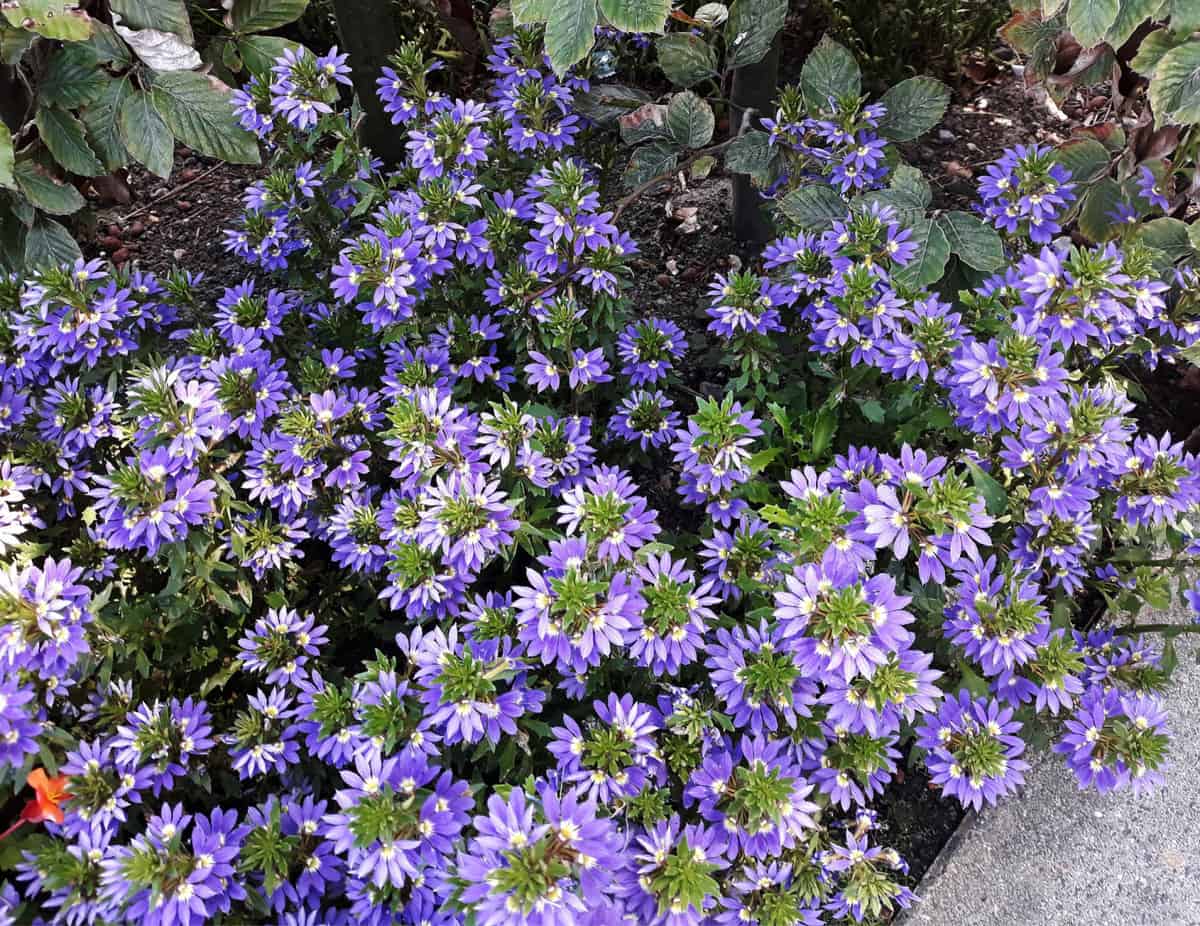
To help your Scaevolas thrive, make sure they receive up to eight hours of direct sunlight a day. Scaevolas do best when kept in pots or hangers. Above all else, do not let these plants dry out!
Scaevolas are the divas of the floral world and will make a show of wilting if they feel they aren't receiving enough water.
9. Portulacas
Do you want to make your garden a honeybee haven? Then you'll want to plant Portulacas.
These flowers come in all shades of red, orange, white, pink, and purple, and their pollen will serve any passing honeybee well.
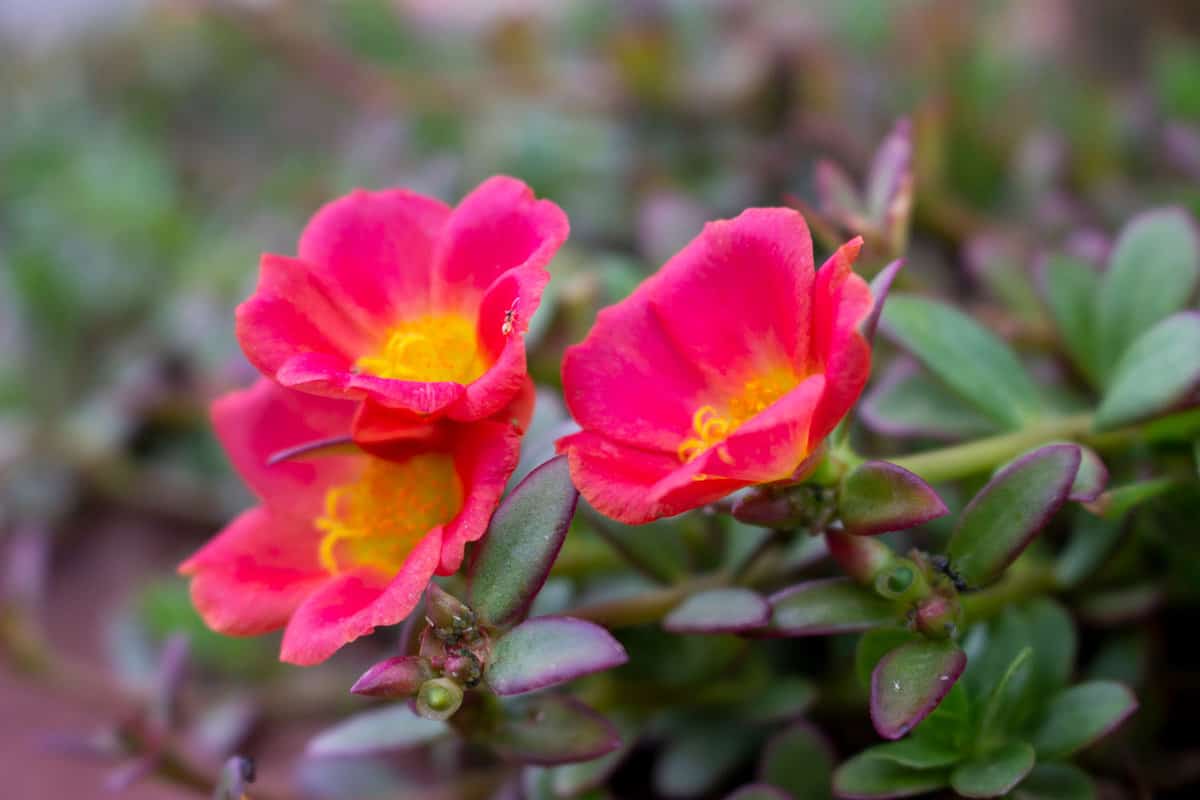
When planting Portulacas, make sure that you've lightly integrated organic compost or fertilizer into your soil. You'll want to water the plants somewhat fiercely, though do be careful.
Portulacas are prone to root rot. Because they crave so much water, you'll need to ensure that your chosen plot offers the plants lots of opportunities to drain themselves of extra water.
Check out this pack of Portulaca seeds on Amazon.
10. Petunias
You'll see petunias in just about every garden or local flower plot during the hot months of summer.
These plants are not only hearty, but they also come in a rainbow of colors, making them great additions to any landscaper's vision.
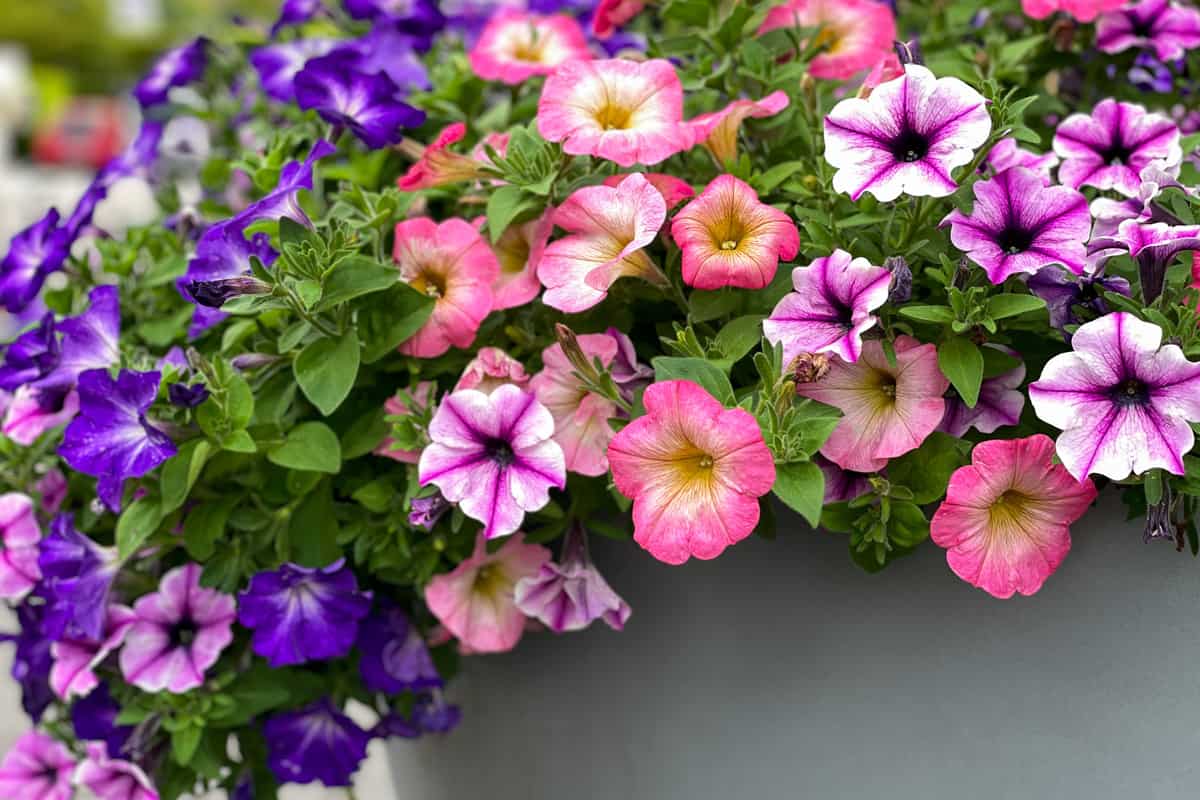
You can work with two types of petunias: grandifloras, with their larger flowers, or multiflora, which have smaller petals. Either way, it's easiest to grow your petunias from potted transplants.
You can plant them alongside other annuals without a problem. If you choose to plant them in a container, though, you'll want to utilize a mix that's soil-free.
You'll be able to get away with watering your petunias once a week thanks to their ability to withstand significant droughts.
That said, you will want to keep an eye out for leaf spots, as petunias attract a number of hungry critters, including aphids and caterpillars.
Get your 2500+ Petunia mix seeds on Amazon.
11. Salvia
Salvia flowers are tough. Not only can they withstand the heat of summer, but they're chill-resistant, as well.
Neither droughts nor deer nor disease can stop these flowers from making your garden all the prettier.
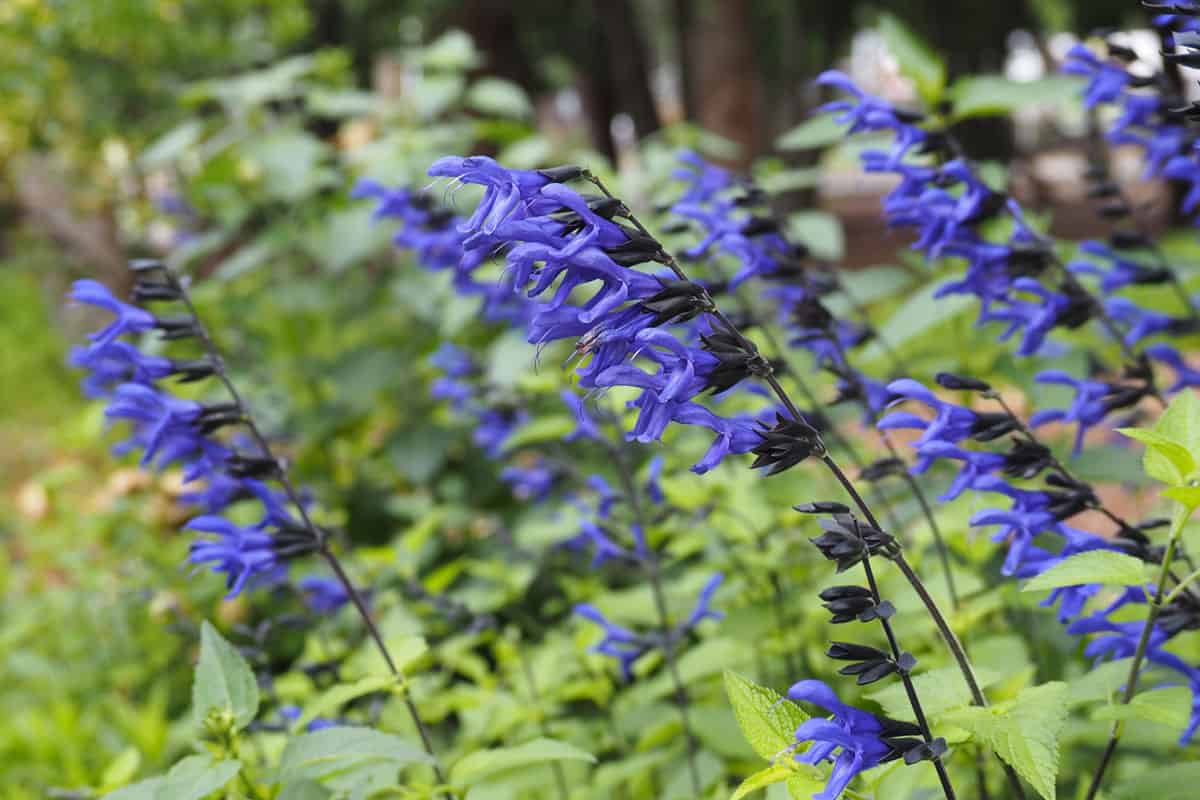
Salvias are bell-like in appearance, growing in tightly-knit groups. They come in all manner of colors and tend to best when planted en masse.
Don't mistake salvia flowers for salvia sage, though. The flowerless Salvia has hallucinogenic properties, which led to the plant's moniker, Sage of the Diviners.
View this Sapphire Blue Salvia seeds on Amazon.
12. Lavender
Looking to spruce up the borders of your garden? Then use this summer to introduce lavender to your personal ecosystem.
Because lavender first took root in the Mediterranean, the annual can withstand the heat of summer with ease.
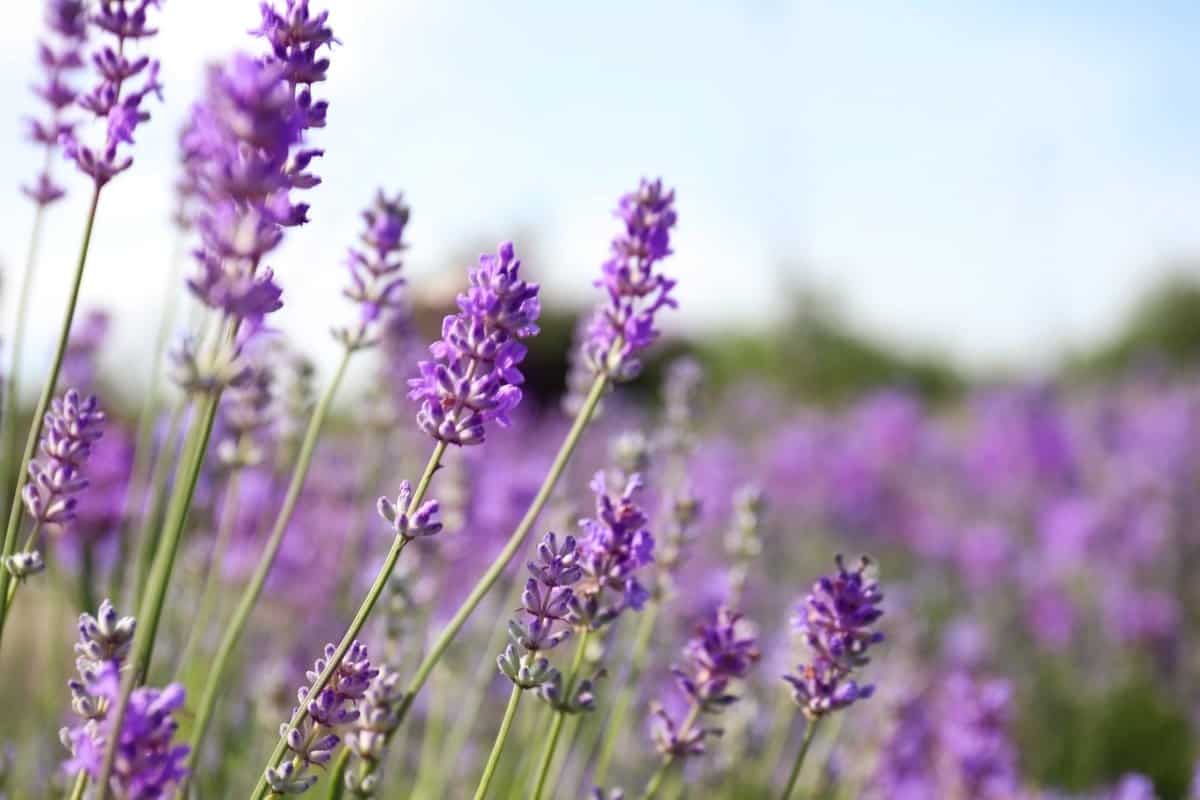
So long as you give the herb the right amount of water, it can survive for a number of years without needing replanting.
Like all of the annuals on this list, lavender thrives when its planted in full sunlight. You'll want to grow your lavender in a pot before transplanting it into your garden.
Once your lavender is securely rooted, let the ground around it soak, but keep your watering sessions short to prevent root rot.
Get 4 varieties of Lavender with this order, only on Amazon.
13. Begonias
Begonias are another annual on this list that beginning gardeners can grow with ease.
These lovely flowers come in all shades of red, orange, and fellow. They make excellent additions to the pots on your front porch and on window boxes, so long as they're not overcrowded.
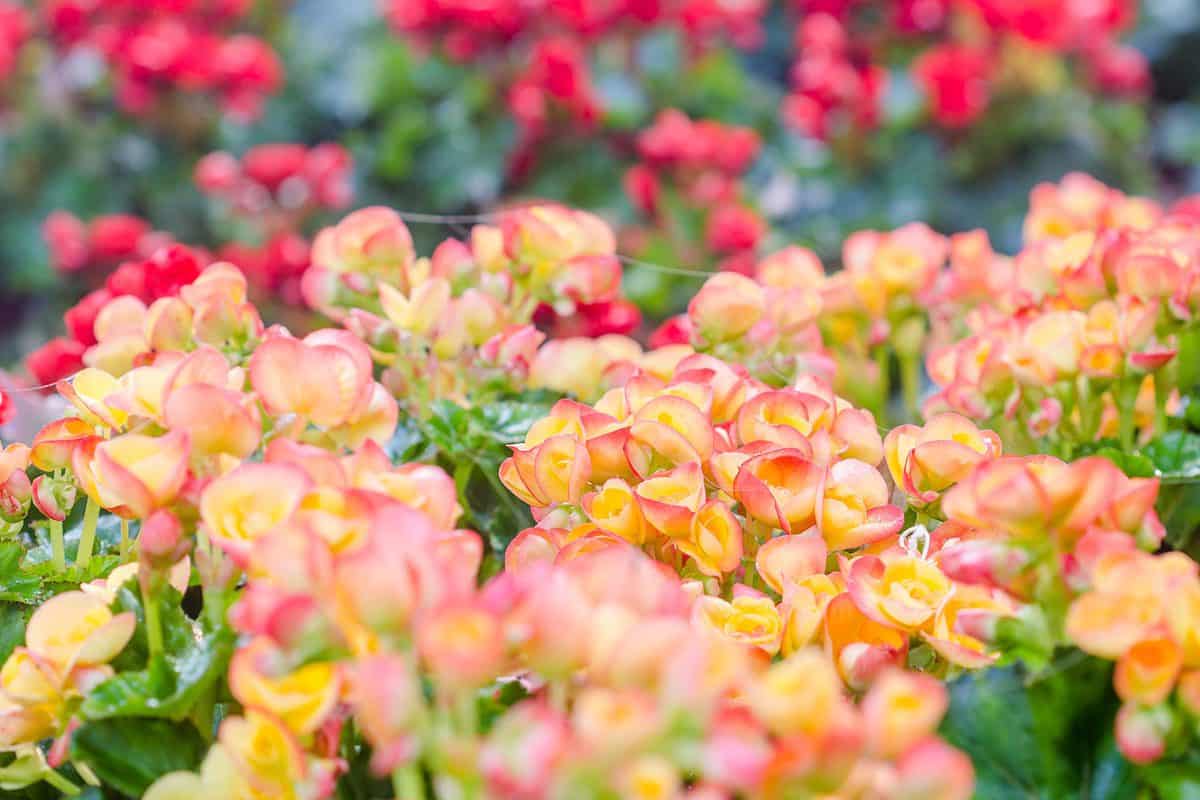
When planting your begonias, make sure that their containers or environment easily drains of water.
You should let the soil fully dry out before watering them again, which means that you can get away with watering them once a week during reasonable weather.
Check out this pack of 85 Begonia seeds on Amazon.
14. Cosmos
The symmetry of the cosmos annual won the flower its name. When Mexican priests first came across the plant, they named it with the Greek word for "harmony" to reflect their appreciation for the flower's evenly-dispersed petals.
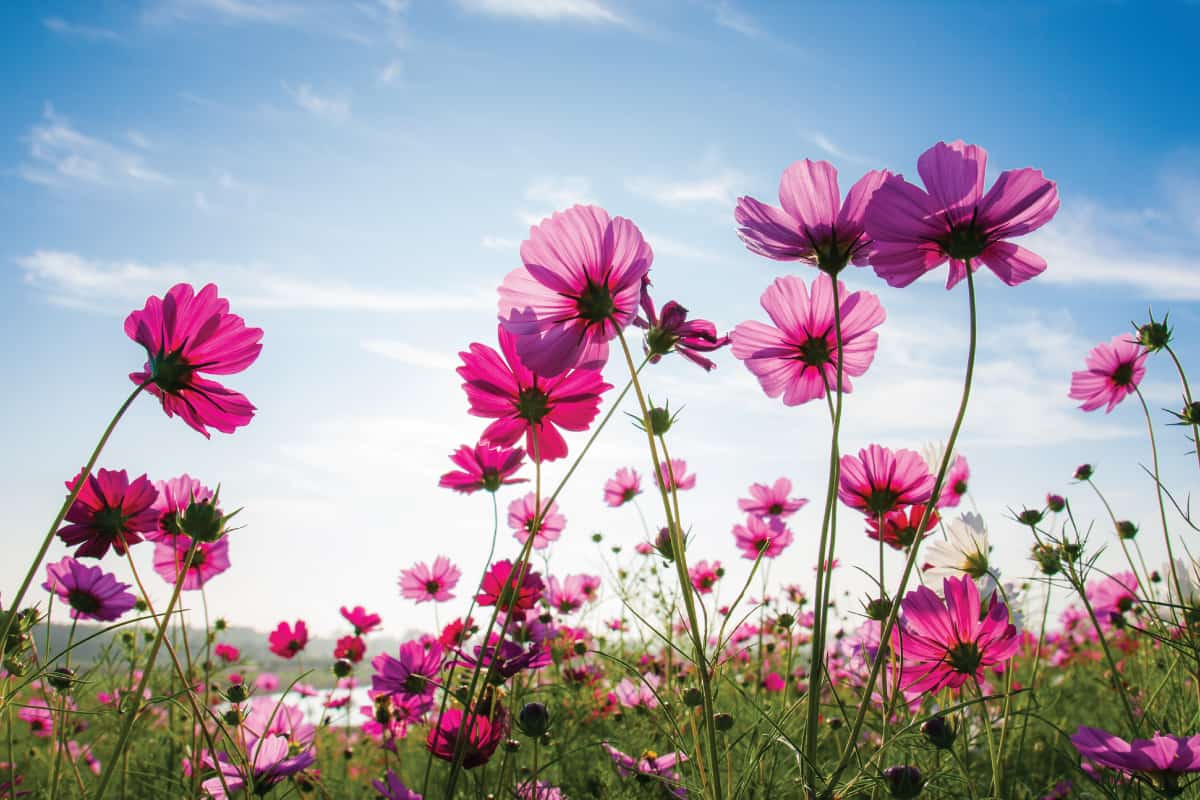
Cosmos flowers come in pink, red, lavender, orange, or white. As you might have guessed, cosmos flowers are also native to Mexico.
As such, they're able to thrive in hot and dry conditions, even when the soil they're planted in isn't as rich in nutrition as it could be.
Get your Cosmos wild flower seed mix on Amazon.
15. Lisianthus
Unlike a number of the flowers on this list, lisianthus annuals actually have a reputation for challenging experienced gardeners.
They're a needier annual, but so long as you work to provide them with a healthy environment to grow in, you'll be able to enjoy their cool tones throughout the summer.
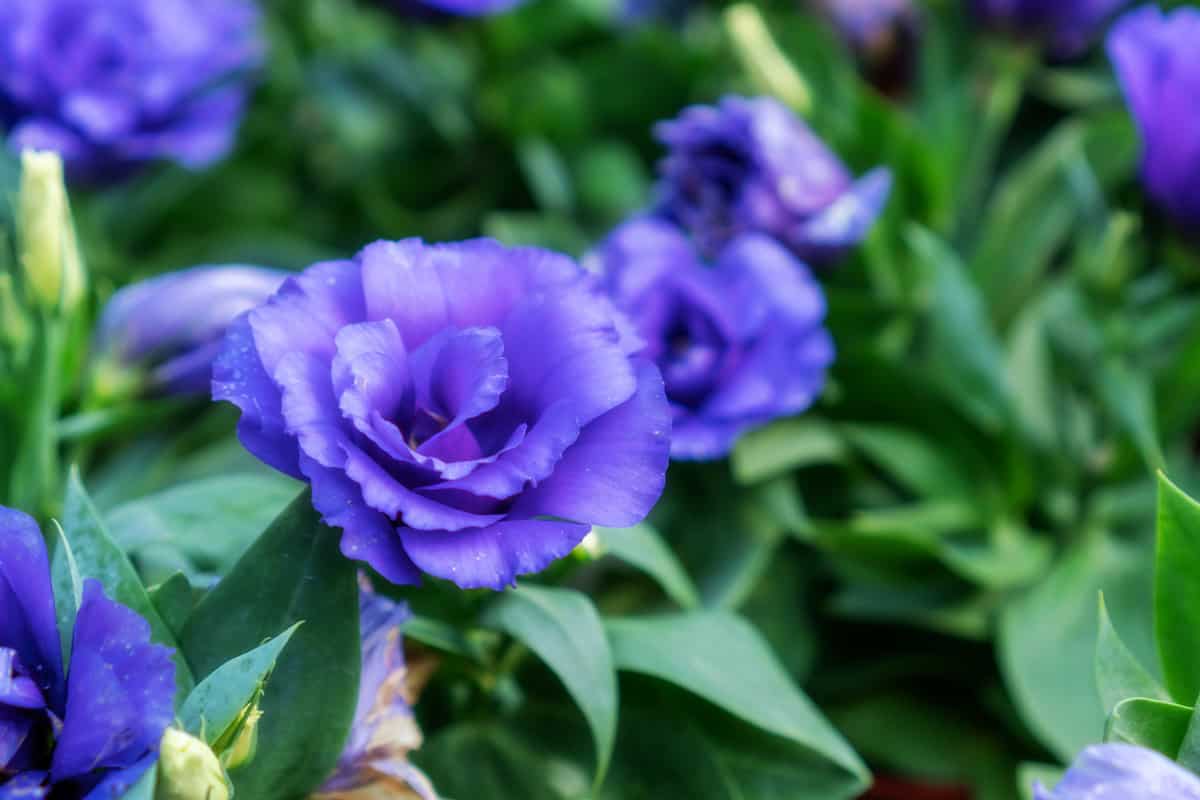
While lisianthus annuals need full sun to grow, they prefer their soil to remain mild in temperature.
You'll see greater success with your Lisianthus if you plant them in a semi-shady spot instead of all-out in full sunlight. Lisianthus also grows best in raised beds or in soil that drains easily.
Integrate organic compost or mulch into your soil, and you'll have created the perfect environment for these bride-ready flowers.
Get your rare purple Lisianthus seeds on Amazon.
16. Angelonia
Want to brighten up your porch containers? Angelonias grow in sharp but contained spikes, allowing for their bright colors to shine without the plant itself taking up much room.

Your angelonias need to be in direct sunlight for at least six hours a day. Let the soil dry out before you water them, but keep an eye out for stems that are gradually growing limper.
Ideally, you'll water these flowers two to three times a week. When you do, you'll be able to enjoy their spectrum of blues, pinks, and purples, not to mention the butterflies and hummingbirds that they bring to your home.
Get your Angelonia seeds on Amazon.
17. Cleome
The cleome annual's nickname, "the spider flower," undersells the plant's beauty to arachnophobes.
It takes time for these flowers to become comfortable enough to grow, but once they do, their rosy spikes make stunning garden accents.
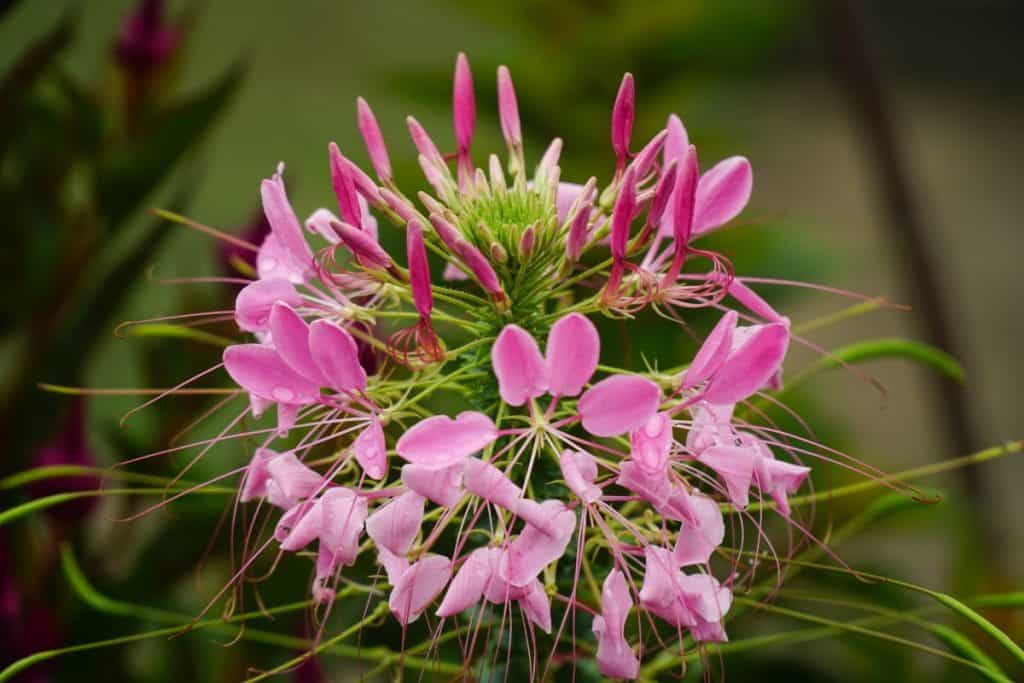
You'll need to clear a fair amount of room in your garden when planting cleomes.
These annuals can grow up to four feet tall. They'll readily attract hummingbirds and butterflies with their scent, so you'll be able to enjoy their colorful aesthetic and wildlife appeal throughout the whole of summer.
Get your Spider Blend Cleome flower seeds on Amazon.
18. Nemesia
Nemesia flowers look like they belong in a painting by Edgar Degas. These gently colored annuals fan out in great flocks and serve as excellent edging plants.
You'll be able to find nemesia flowers crowing in purples, blues, pinks, and whites, though their marbling effect makes them truly unique to look at.
When planting nemesias, you'll want to ensure that you've integrated a lot of organic compost into your soil.
Nemesias don't crave water in the same way some of their annual cousins do, and you'll want to keep your watering light to avoid rot root.
And there you have it, the 18 full-sun annuals that's sure to fill your garden with vibrant colors all summer long.
Hopefully, you found this list of annuals that bloom all summer long helpful!
Leave us a comment to let us know which is your favorite or if you can think of other plants to add to this list!
And if you're on Pinterest, do help us share this post! You can use this image we created below.
For more readings on annual plants, check out these other articles:
6 Tall Annual Flowers That Bloom All Summer
